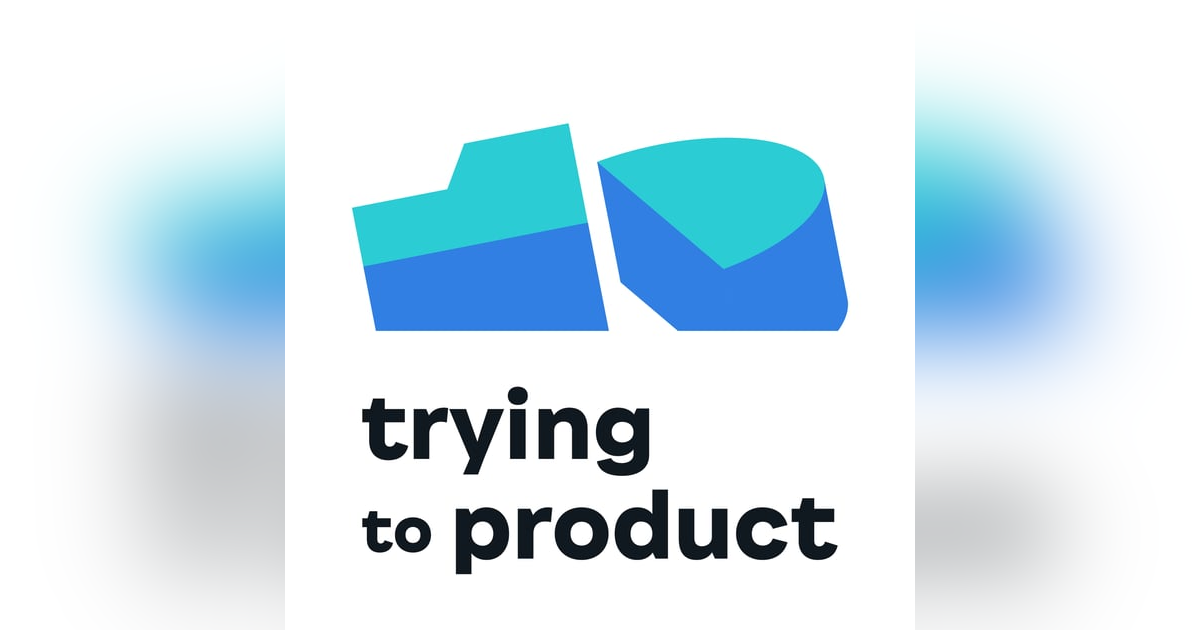Decoding the Product Management Career Ladder

Where do companies position specific skill sets on their ladder? What does the career ladder look like for PMs? It's a topic that can be ambiguous, and the role of PMs can be structured differently in different companies. Level 3 PM in one company could have a completely different role or level compared to a Level 3 PM in another company, one might actually be the equivalent of an L4 or L5 in another company, but it can be difficult to know for sure.
It's important to understand your level and clearly understand the expectations and requirements of the position you are applying for. It's also important to communicate with your interviewer or recruiter early in the process to ensure that you are being considered for the appropriate level role. Mis-leveling can lead to disappointment, frustration, and wasted time for both the employee and the employer; therefore, it's crucial to have clear and open communication to avoid confusion and misalignment of expectations.
While there is no set rule for transitioning into product management, it ultimately depends on the company and its role. However, this chat may provide some insight for listeners on potential paths based on their experience. Please stay tuned!
Key Highlights
[00:00:30] This week’s topic: Levels of product management
[00:03:28] Levels of product management
[00:05:47] First level: L3
[00:08:33] Junior PM level of product management
[00:11:02] Second level: L4
[00:12:46] Third level: L5
[00:15:59] Required skill set for L4 & L5 managers
[00:17:15] Senior PM level of product management
[00:20:59] Individual Contributors and Product Managers
[00:21:39] Fourth level: L6
[00:27:44] Director level
[00:32:40] VPs and Senior VPs
[00:37:29] Recap of the levels of product management
Notable Quotes
- From what I've heard from people in the APA programs, I’m jealous. It sounds like a lot of fun because it’s like the best of the PM life, but none of the stresses of the PM life.
- The difference between being a Level 4 and Level 5 employee is not only about years of experience but also depends on the company and how well you perform in the interview process. So, the line between Level 4 and Level 5 is very blurry.
- When you think about the roles of a Project Manager (PM) and Senior Project Manager, you may be looking at employees from Level 4 to Level 6 and potentially looking at spending years between those three levels.
- The Project Manager (PM) ladder is a bit different in the management track because PMs have a lot of leverage, so there is not a need for many PMs to handle a lot of tasks, even on large websites.
- A potential use case for Principal Project Managers is managing more critical things in terms of complexity and impact but still within the boundaries of their product or zone.
- The stress increases as you move up the ladder. It may be linear or like a stepwise function, where each new level increases the stress by a certain amount.
- As a PM, you have more guidance on direction and strategy and are confined to improving a subset of the product. However, problem statements become more ambiguous and open-ended as you move up to higher levels.
- The role of a CEO is to handle the most critical issues that others cannot solve. They are the final point of escalation for problems and are responsible for figuring out how to solve them.
Resources:
Podcast website: https://www.tryingtoproduct.com/
To Connect with Parv:
Twitter:https://twitter.com/ParvSondhi
LinkedIn:https://www.linkedin.com/in/parvsondhi/
To Connect with Alex:
Twitter: https://twitter.com/alexcox245
Email: alex@alexcreates.me







